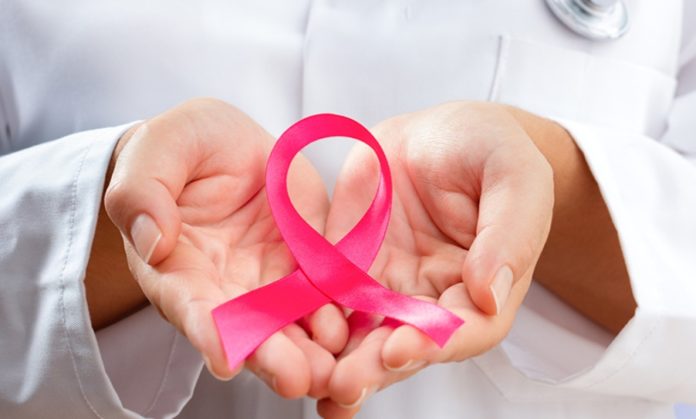Bengaluru, Feb 4 (NVI) The incidence of cancer has been steadily increasing in India over the last few decades and the number of such patients is projected to rise to 1.57 million in 2025, double of what it was in 1990, according to the opinion of some senior oncologists.
India has now emerged as the “cancer capital” of the world, felt the oncologists from Bengaluru-based Sammprada Multi-speciality Hospital on the World Cancer Day.
“Over the years, cancer incidence has been steadily increasing because of factors like population growth, increasing number of aging people, improved diagnostic facilities, and lifestyle changes involving smoking, alcohol, bad diet, obesity, and lack of exercise,” said Dr. Radheshyam Naik, Consultant Medical Oncologist, Hematologist and Bone Marrow Transplant Physician at Sammprada Hospital.
He said cancers associated with tobacco use, including lung, oral, and throat cancers, account for nearly 40% of all cancer cases in India.
The incidence of cancer is higher in females (105 per 100,000 population) in India, compared to males (95 per 100,000 population), Dr Naik said.
Dr. Vinod, Preventive Oncologist at the same hospital, said, “Cancer treatment in India poses several challenges. This includes late presentation of patients, inadequate medical facilities in rural areas, lack of awareness about cancer screening, difficulty in accessing cancer care, high cost of treatment, inadequate insurance coverage, and inconsistent treatment protocols.”
Underlining that “several things can be done to reduce incidence of cancer”, he said, “Most of these relate to lifestyle changes.”
Reducing consumption of tobacco and alcohol and controlling obesity can lead to drastic fall in cancer cases, the doctor said.
Vaccination against HPV and Hepatitis B can also play a huge role, he said.
“People need to increase physical activity and improve their nutrition through consumption of more fruits, vegetables and fibre and reduced intake of processed food, meat, and sugary beverages,” the Oncologist said.
According to Dr Radheysham Naik, many cancer patients have reported significant improvements in terms of survival rate in India such as breast cancer, lung cancer, colon cancer, cancer of cervix, lymphomas, and leukemia’s.
While breast cancers and lung cancers remain prevalent, other cancers like lymphoma, prostate cancer, pancreatic cancer, and colorectal cancers are seeing a rise in the last few years, he said.
Talking about the most significant advances in cancer treatment, Dr Naik said: “In surgical field, there are advances like robotic surgery, organ conservation surgeries, pre-op chemo radio therapy enabling minimal surgery, and better prosthesis for breast and limbs.
“In medical oncology, we have more targeted chemotherapy, immunotherapy, biological therapy, and anti-angiogenic treatment, as well as better hormone therapies, bone-protecting drugs, bone marrow growth factors and anti-microbials.
“Radiation oncology too has seen advances like more targeted radiotherapies with machines like cyber knife and better techniques of brachy therapy and use of combination chemo-radio therapies.” (NVI)








